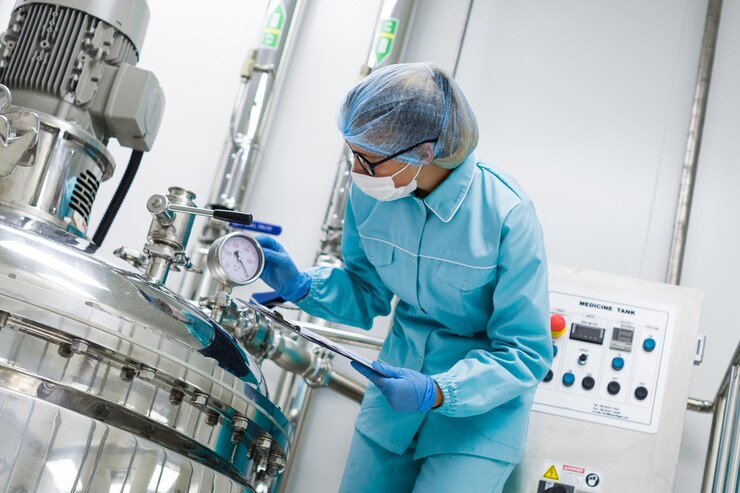24 Sep

|
Getting your Trinity Audio player ready...
|
In the dynamic world of chemical manufacturing, the precise measurement of liquids is crucial for maintaining operational efficiency and ensuring the highest standards of safety and quality.
Chemical plants rely on a range of sophisticated measurement technologies and practices to accurately monitor liquid levels, flows, and compositions. To maximize efficiency, it is essential to adopt best practices that enhance accuracy and reliability in liquid measurement processes.
This article explores key strategies and technologies designed to optimize liquid measurement in chemical plants.
Table of Contents
The Importance of Accurate Liquid Measurement
Accurate liquid measurement is imperative for several reasons. Firstly, it ensures that the chemical reactions occur under optimal conditions, contributing to product consistency and quality. Secondly, precise measurement minimizes waste, which is especially important given the high cost of raw materials. Furthermore, accurate monitoring helps in maintaining safety standards by preventing overflows, leakages, and other potential hazards.
Challenges in Liquid Measurement
Despite its importance, achieving precise liquid measurement can be challenging. Variations in temperature, pressure, and viscosity can affect measurement accuracy. Chemical plants often deal with corrosive, volatile, and high-pressure fluids, which can complicate measurement processes. Additionally, the presence of bubbles, foam, or suspended solids in liquids can interfere with measurement devices, leading to erroneous readings.
Innovative Solutions and Technologies
To overcome these challenges, chemical plants are increasingly turning to innovative technologies and strategies. Here are some of the best practices for maximizing efficiency in liquid measurement:
- Advanced Sensor Technologies: Utilizing cutting-edge sensor technologies can significantly improve measurement accuracy. Ultrasonic, radar, and capacitive sensors are popular choices for non-contact level measurement, as they can operate effectively in harsh conditions without being affected by fluid properties.
- Regular Calibration and Maintenance: Routine calibration and maintenance of measurement instruments are critical to ensure their accuracy and longevity. Calibration should be conducted under the actual operating conditions of the plant, and any deviations should be promptly addressed.
- Automation and Integration: Integrating measurement systems with plant automation can enhance efficiency. Automation allows for real-time monitoring and control, reducing human error and enabling swift responses to any deviations from the norm. Integrated systems can also facilitate data analysis, providing insights into process performance.
- Use of Float Switches: Incorporating float switches in liquid measurement systems can provide a reliable means of detecting liquid levels. These devices are simple yet effective components that can trigger alarms or control systems to prevent overfilling or dry running.
- Implementation of Redundant Systems: Redundancy in measurement systems can safeguard against single-point failures. Employing multiple measurement methods for critical processes ensures that if one system fails, others can maintain accurate monitoring, thereby enhancing overall reliability.
- Data Analytics and Predictive Maintenance: Leveraging data analytics to interpret measurement data can help identify trends and predict potential equipment failures. By adopting predictive maintenance strategies, plants can proactively address issues before they lead to downtime.
- Custom Solutions for Specific Needs: Tailoring measurement solutions to the specific needs of the plant can enhance efficiency. Custom-designed systems that account for the unique properties of the chemicals being measured can offer superior performance compared to off-the-shelf options.
Conclusion
Maximizing efficiency in liquid measurement is a multifaceted challenge that requires a combination of advanced technologies, strategic planning, and ongoing maintenance.
By adopting best practices, including the use of sophisticated sensors, automation, data analytics, and reliable components like float switches, chemical plants can achieve accurate and efficient liquid measurement. This not only ensures product quality and safety but also enhances the overall operational effectiveness of the plant. As technology continues to evolve, ongoing innovation and adaptation will remain key to maintaining measurement accuracy and efficiency in the chemical industry.


